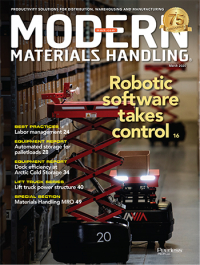Reader Survey: Annual report card on Maintenance Repair and Operations (MRO) Management
We asked how you and MRO are getting along these days. And, it seems that while there is always room for improvement, the MRO performance levels are clearly leaning more to efficient or highly efficient than otherwise.
Drive along Rte. 1 in Dedham Mass, just past the center of town, and you can’t help but notice a business with a large sign:
uBREAKiFIX
It’s one of a 500-location national chain specializing in home electronics repair. And, there’s something so appealing about the simplicity of the maintenance proposition on the sign.
However, that’s anything but the case for the maintenance program in your plant or warehouse, which means you need a strong MRO program always on call to keep it all up and running, especially in this world of e-commerce. And whether it’s automated systems or lift trucks, maintenance is an increasingly sophisticated proposition, including spare parts management.
That raises a few interesting questions: Just how well is your MRO program working? How effective is it this year compared to last? Who controls MRO? What parts and services do you buy? Do you spend too much?
So, we asked our readers how it was going in their operations. Peerless Research Group surveyed readers of Modern Materials Handling last December and this January. The 100 respondents come from large companies with average revenues of nearly $640 million annually. And, more than half come from manufacturing with the balance spread across warehousing and third-party logistics providers. Here’s what they had to say.
The top lines
There’s no question that MRO spending (tech services, spare parts and consumables) is a noticeable line item in budgets. Average spend for survey respondents is just more than $6 million a year. And MRO accounts for more than 10% of all supply chain spend for 14% of facilities. All others are below that threshold. But companies are keeping MRO spend tightly controlled, with 18% saying they spent more in 2019 than 2018.
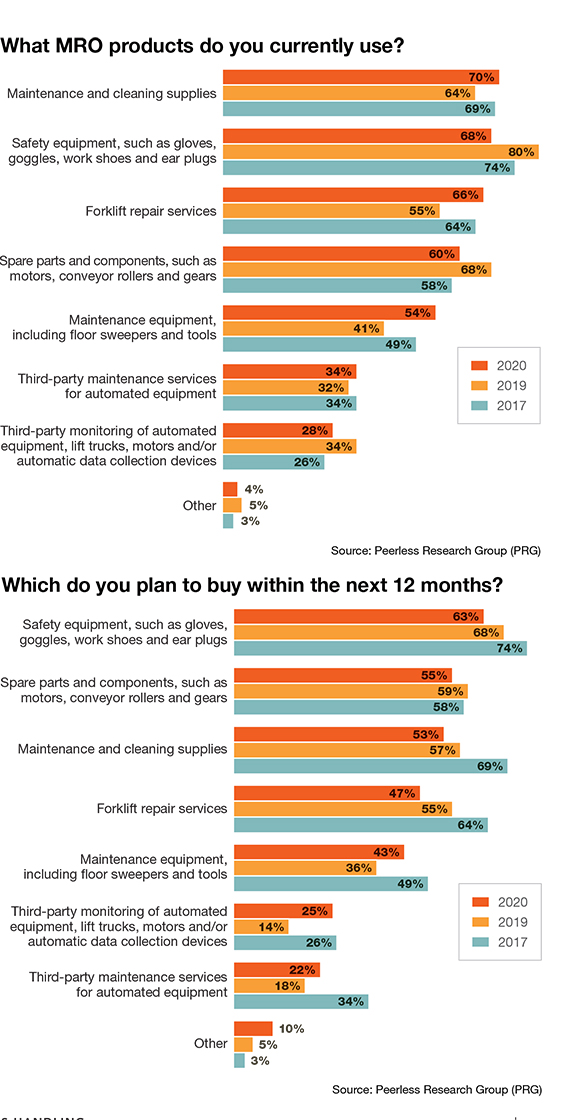 And if you’re wondering who has control over that budget, start with corporate at 38% followed by division at 28%. Warehouse and DC operations are at 17%, the same level for supply chain operations.
And if you’re wondering who has control over that budget, start with corporate at 38% followed by division at 28%. Warehouse and DC operations are at 17%, the same level for supply chain operations.
Here are some other major takeaways for MRO practices and effectiveness.
In general, how important is MRO to your organization?
Forty six percent of respondents said it was extremely or very important, while 50% rated it somewhat important. The balance (4%) said MRO was not very important or not at all important.
Here’s some of what the 96% had to say about the importance of MRO:
- Equipment reliability is essential for productivity.
- If we are down, we have lost the ability to produce finished goods.
- It is the heart of our ability to service our customer.
- Maintenance and repairs are crucial to keep us going but the attention given to these is not where it should be.
Which best describes how your company handles MRO management processes?
Here there was an almost perfect split between completely handled by staff (46%) and hybrid (some internal some outsourced) at 44%. Only 8% completely outsourced MRO. Which brings us to the question of effectiveness of the three variations.
In general, how would you rate your current process for handling MRO management?
For those using internal staff only, 17% rated the process as excellent. That’s an increase from just 4% a year ago. Meanwhile, the rating for very good dropped to 12% from 17% previously. At the bottom, the latest rating for poor performance dropped to 4% from 13%, a positive development.
For hybrid maintenance solutions, 4% rated it excellent and 25% very good. The former is a drop from before while the latter is a nice increase. Poor performance was 4% of respondents, an unfavorable increase from 0% last time around.
Here are a couple of comments from those using internal staff:
- We run a very efficient operation.
- We have quick back up in less time than others.
And from those using the hybrid approach:
- Generally, who and what we need is readily available.
- We are improving with teamwork being at the forefront of strategy. What are the benefits of handling MRO management internally? “We have greater control over MRO solutions inventory” was cited by 67% of respondents. And 57% said internal management was less costly. What are the benefits of using a third-party maintenance provider? Fifty-nine percent said the approach allows them to focus on their core business functions, and 41% cited improved management of consumables inventory. Also of note, 41% said it improves labor productivity while 37% said it gives them leverage to purchase spare parts at discounts. What is your level of agreement that the e-commerce business is driving changes with our MRO requirements?
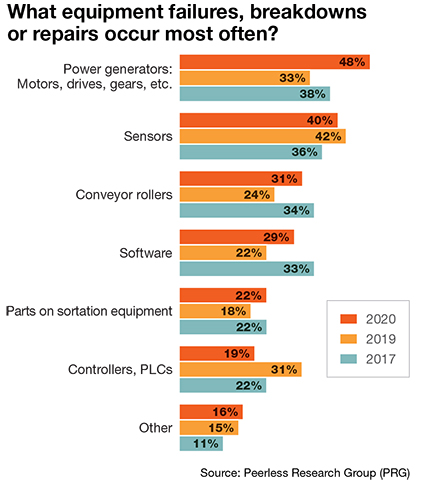 About a third agreed while 20% disagreed. The balance, 48%, neither agreed nor disagreed. That’s a six-percentage point uptick since the previous survey for those who agree and an eight-percentage point decline for those who disagree.
About a third agreed while 20% disagreed. The balance, 48%, neither agreed nor disagreed. That’s a six-percentage point uptick since the previous survey for those who agree and an eight-percentage point decline for those who disagree.
As to those spare parts
If maintenance activities are the numerator in the MRO equation, then spare parts are the denominator. Quite simply, spare parts in and of themselves create their own challenges to manage both physically and fiscally.
What are the most common problems that you experience with your spare parts inventory?
Unnecessary downtime is the leader, experienced by 46% of respondents. Poor tracking of spare parts is a problem for 41%, while 37% just have troubles finding parts when needed. Also of note, 19% say it is tough to understand patterns in spare parts and consumables consumption.
From which channels do you obtain/access spare parts?
The leader here is OEMs at 68% followed by distributors at 65% and system suppliers at 62%.
Do you use or are considering using a computerized maintenance management system (CMMS)?
Thirty-five percent say they do use a CMMS. That’s a decline from 38% last time around. Meanwhile, there was a substantial uptick among those considering CMMS from 9% a year ago to 27% in this survey.
How would you rate your MRO management for spare parts?
For those using internal staff exclusively, 17% rated it highly efficient, 53% efficient and 30% said not very/not at all efficient. It’s worth noting that a year earlier when we did the survey, 0% rated internal staff as highly efficient. Furthermore, 61% previously rated internal MRO as not very/not at all efficient. In other words, internal MRO operations increased notably in at least perceived effectiveness in just a year. Those are impressive gains.
For those using a hybrid approach, 9% rated it highly efficient, 43% efficient and 48% said it was not very or not at all efficient. These numbers are nearly identical to those from the previous survey.
See the chart for details on respondent’s usage of MRO products and what they plan to buy in the next 12 months.
MRO for automated systems
Not every respondent’s facility uses warehouse automation. In fact, 34% are primarily manual handling with another third of facilities are 25% to 50% automated. The balance consider their operation to be 75% to fully automated.
As you may well know, finding people with the technical skills needed for those systems can be a grind. And, 21% say it is easy to find those people while 42% say it’s difficult. All others (37%) say it’s neither easy nor difficult. Technician competency is the leader at 82% followed closely by availability of techs/rapid response time (79%). Almost three-quarters of all companies are looking for preventative maintenance programs while 55% want spare parts supplied to them by the maintenance company.
What equipment failures, breakdowns or repairs occur most often?
Power generators (motors and drives) lead the way at 48% of breakdowns. Sensors, conveyor rollers and software follow. See the chart on pg. 54 for details on these numbers across the 2019 and 2020 surveys.
MRO for lift trucks
At the typical facility in this survey, there are an average of 22 lift trucks. That means 21% had 50 or more lift trucks while 32% had fewer than four lift trucks. Here’s what they had to say about MRO for those fleets.
How would you rate your MRO management for your lift trucks?
Twenty-four percent of respondents rate MRO as highly efficient while 18% says not very/not at all efficient. The balance, 58%, say it is efficient.
Who services/maintains your lift trucks?
OEM dealers account for 59% of outsourced suppliers of lift truck maintenance programs. Another 24% outsource to maintenance or service contractors. Meanwhile, 38% are serviced in house.
From which channel(s) are you likely to purchase the forklift parts during the next 12 months?
Once again, the leader is OEM dealers. Respondents purchase parts from them directly 62% of the time and online from an OEM 18% of the time. Direct third-party purchases come in at 44% while 32% buy online. For details on the most important criteria for purchasing those parts from those sources, see the chart on pg. below.
Which lift truck parts do you use?
As you might expect, batteries and battery accessories along with wheels and tires come out on top, being purchased by 74% of respondents. Next in line are lights and warning lights, safety equipment and chemicals, lubricants and oils.
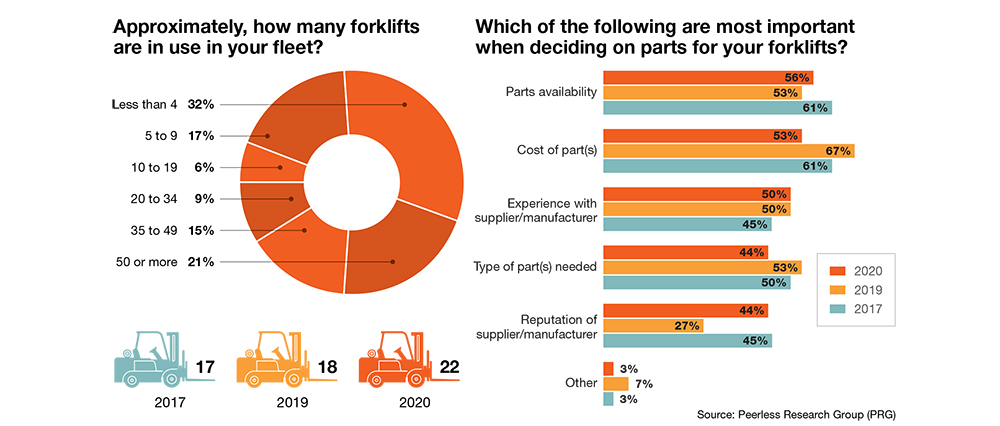
Featured Maintenance, Repair & Operations Products:
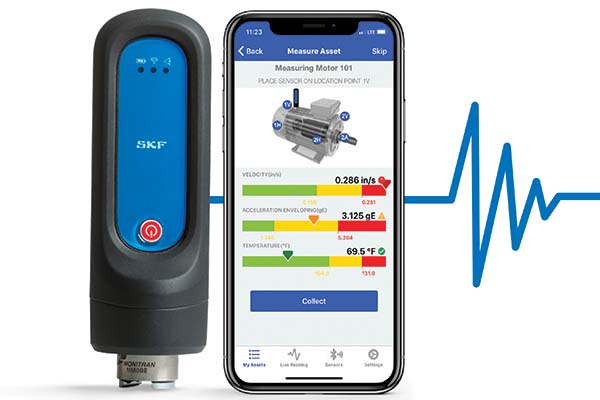 SKF Pulse portable sensor and mobile app
SKF Pulse portable sensor and mobile app
Portable sensor and intuitive mobile app simplify machine monitoring.
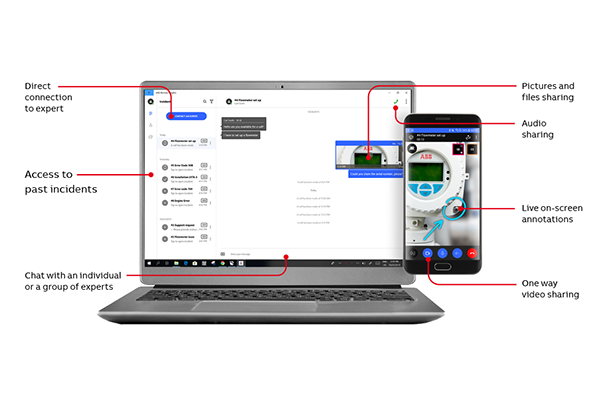 Ability Remote Insights augmented reality platform
Ability Remote Insights augmented reality platform
Augmented reality platform improves operational output.
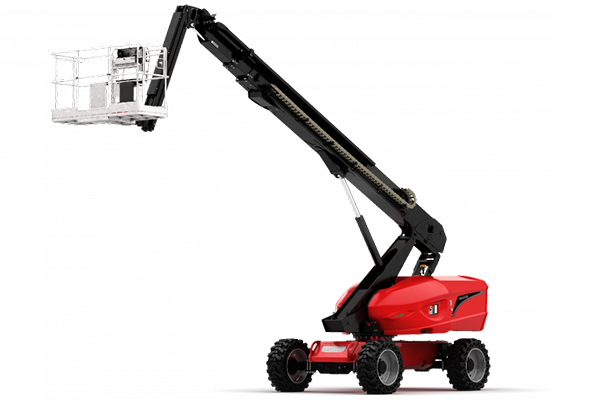 Mobile Elevating Work Platforms (MEWPs)
Mobile Elevating Work Platforms (MEWPs)
MEWPs provide users a smooth platform operation.
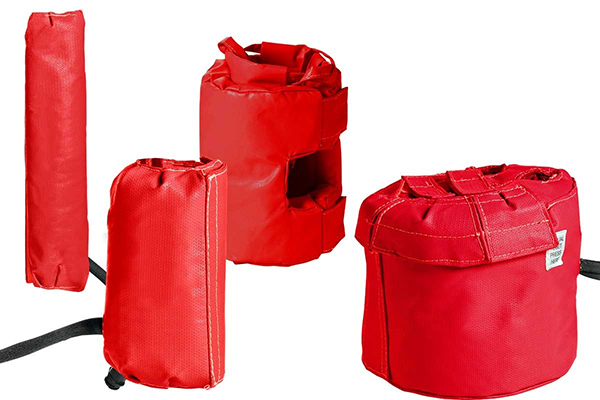 Wet-Area Custom Cloth Heating Jackets
Wet-Area Custom Cloth Heating Jackets
Wet-area cloth heating jackets feature water-resistant designs.
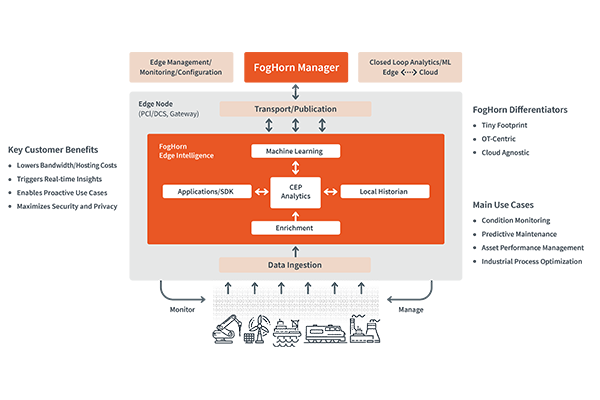 Lightning Edge Intelligence product portfolio
Lightning Edge Intelligence product portfolio
AI platform features improve OT professionals’ efficiency.
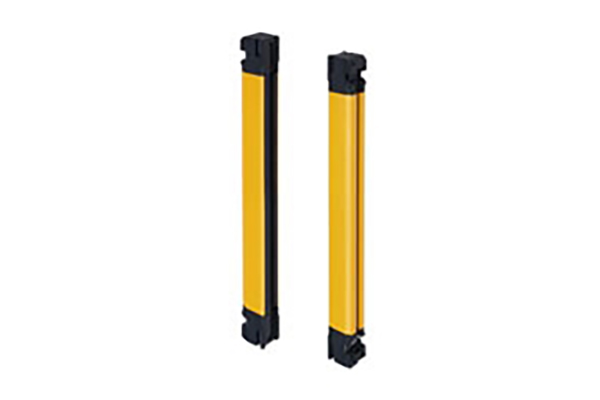 F3SG-SR Series Safety Light Curtain
F3SG-SR Series Safety Light Curtain
State-of-the-art light curtain reduces setup time.

Article Topics
MRO News & Resources
Avidbots showcases autonomous cleaning robots Traka exhibits modular lockers MRO Survey: Finding and keeping the best technicians Maintenance, Repair and Operations: Understanding the true condition of the equipment Newly formed Bison combines AMETEK DFS and Bison Gear and Engineering Corp. Building (and maintaining) your maintenance, repair and operations (MRO) tech workforce The power side of lift truck battery and charger maintenance More MROLatest in Materials Handling
Geek+ and System Teknik deploy PopPick solution for pharmacy group Med24.dk Beckhoff USA opens new office in Austin, Texas Manhattan Associates selects TeamViewer as partner for warehouse vision picking ASME Foundation wins grant for technical workforce development The (Not So) Secret Weapons: How Key Cabinets and Asset Management Lockers Are Changing Supply Chain Operations MODEX C-Suite Interview with Harold Vanasse: The perfect blend of automation and sustainability Consultant and industry leader John M. Hill passes on at age 86 More Materials HandlingSubscribe to Materials Handling Magazine

Find out what the world's most innovative companies are doing to improve productivity in their plants and distribution centers.
Start your FREE subscription today.
April 2024 Modern Materials Handling

Latest Resources



